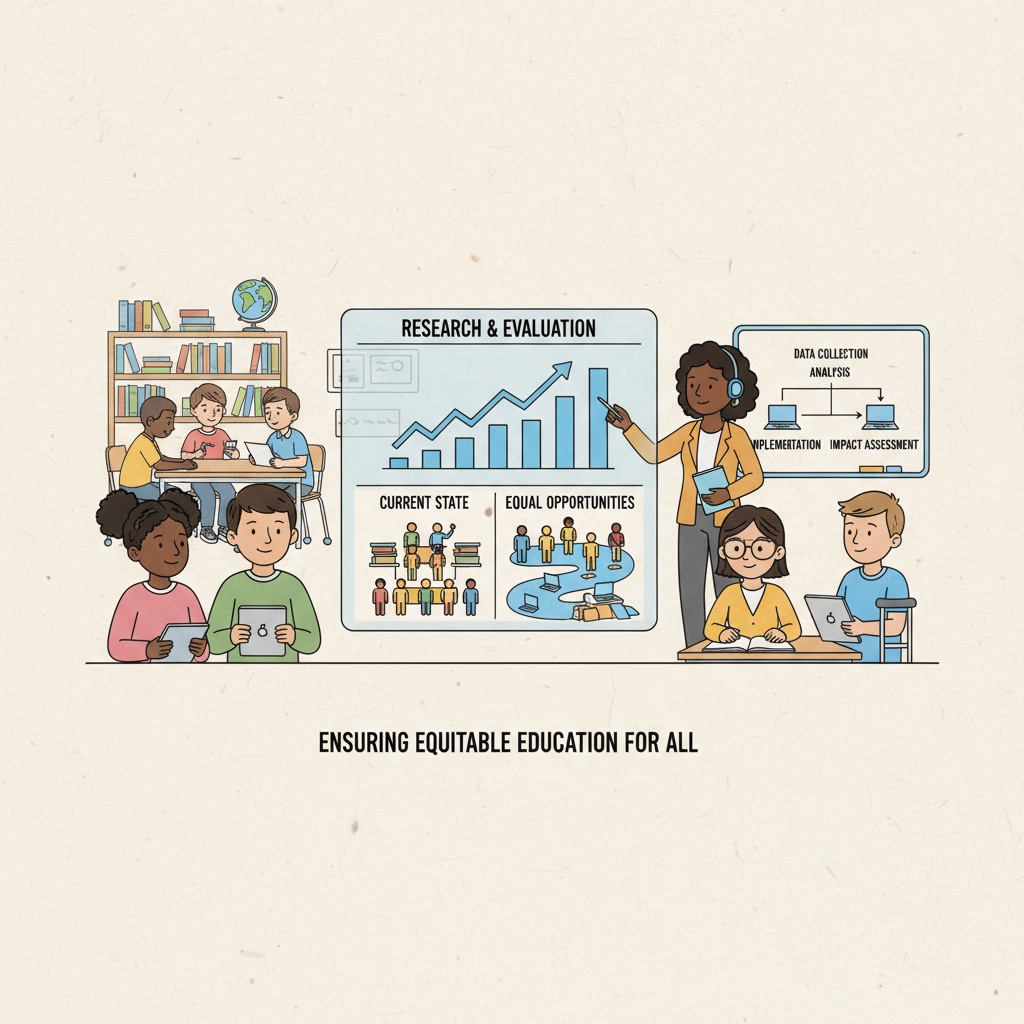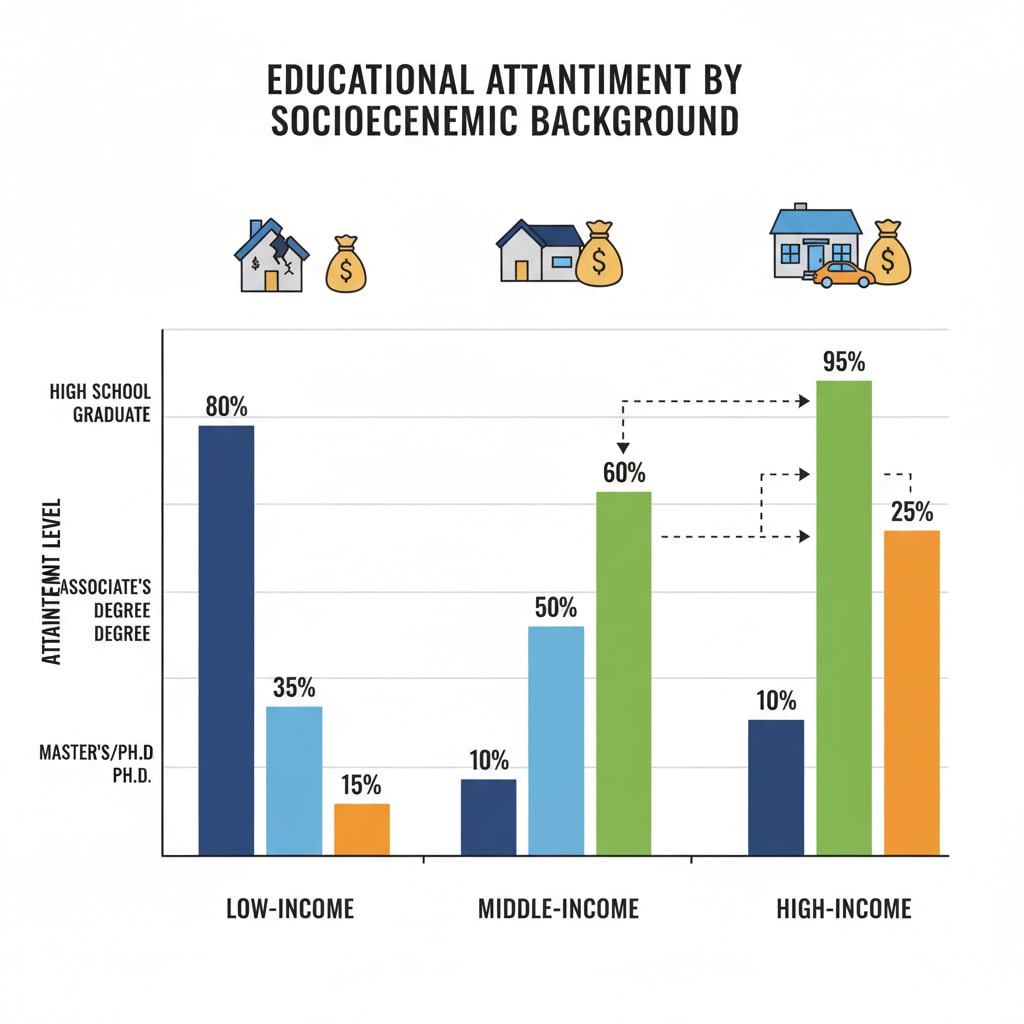In the realm of K12 education, research and evaluation play crucial roles in addressing social inequality. These two concepts, while related, have distinct professional definitions and functions. Understanding them is key to creating a more equitable educational landscape.

Defining Research and Evaluation in K12 Education
Research in K12 education involves systematic investigation to generate new knowledge. It could be exploring the effectiveness of a new teaching method or understanding the impact of socioeconomic factors on student performance. For example, a researcher might conduct a study on how access to technology at home affects a child’s learning progress. This often requires in-depth data collection, analysis, and interpretation. According to Educational research on Wikipedia, educational research can be qualitative, quantitative, or a combination of both.
Evaluation, on the other hand, is the process of making judgments about the value, effectiveness, or worth of a program, policy, or practice. In K12, it could be assessing whether a particular after-school tutoring program is achieving its goals of improving student grades. Evaluation typically focuses on specific objectives and uses various methods to measure outcomes, as explained on Evaluation in Education on Britannica.
Identifying Social Inequality Through Research
Research is a powerful tool for uncovering social inequality in K12 education. By analyzing data on student achievement, access to resources, and educational opportunities, researchers can identify disparities. For instance, research might reveal that students from low-income families are less likely to have access to advanced courses. This could be due to factors like lack of school funding in their neighborhoods. As a result, educators can use this information to advocate for policy changes to bridge these gaps.

Addressing Social Inequality with Evaluation
Evaluation helps in determining whether initiatives aimed at reducing social inequality are effective. For example, if a school district implements a program to provide additional support to students from disadvantaged backgrounds, evaluation can measure the impact of this program on student performance. If the evaluation shows that the program is not achieving the desired results, adjustments can be made. This iterative process of evaluation and improvement is essential for creating a more equitable educational system.
In conclusion, research and evaluation are invaluable tools in the fight against social inequality in K12 education. By clearly defining these concepts and understanding how to use them effectively, educators can work towards a future where every student has an equal opportunity to succeed.
Readability guidance: Short paragraphs and lists are used to summarize key points. Each H2 has a list or clear explanation. Passive voice and long sentences are controlled, and transition words are added throughout the text for better flow.


